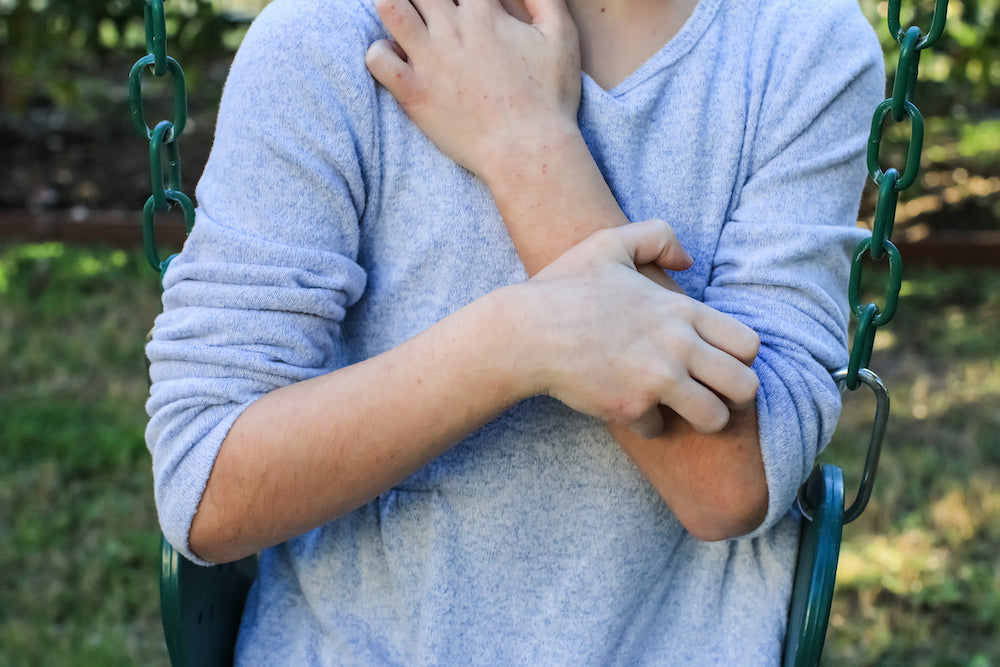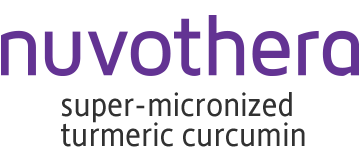What Causes Pustular Psoriasis?
01 May 19

What is Pustular Psoriasis?
Pustular psoriasis is an uncommon type of psoriasis that is distinguished by the development of pus-filled blisters on top of excess layers of skin. Fortunately, it only affects approximately 2% of people with psoriasis in the United States. At first, pustular psoriasis appears like common plaque psoriasis—red, dry, itchy, scaling skin lesions spread across the body—but within hours of a flare-up, people suffering from pustular psoriasis will see blisters manifesting. Pustular psoriasis is unique because there are three types of it. The different types are important to distinguish in order to determine which psoriasis treatment is best.
Different types of Pustular Psoriasis
Defining three types of pustular psoriasis helps clinical descriptions become clearer.
- Von Zumbusch (VZ) pustular psoriasis – Is characterized by severe and life-threatening symptoms. Extensive pustule formation causes dehydration, weakens the circulatory system, and increases the risk of sepsis. Because this type of psoriasis has dangerous outcomes, hospitalization is necessary when symptoms are out of control.
- Palmoplantar pustulosis (PPP) – Appears as brown stud-like blisters cropping around the palms of hands and soles of feet. These can appear on red, scaly skin lesions.
- Acropustulosis – Is a rare type of the disease that causes flat pustules to emerge around fingers and toes. Small bones can be damaged or deformed by the intense inflammation. Onset generally occurs when the immune system kicks into overdrive to handle infections or injury.
What Causes Pustular Psoriasis?
All types of psoriasis are caused by a chronic immune-mediated condition. Affected immune systems will mistake healthy skin cells for dangerous invaders and attack them. This signals the body to rapidly replenish skin cells, which results in flaky layers of excess skin building up.
The pustules form for a similar reason that pimples form- pores become clogged with debris and skin cells, and the bump fills with white blood cells whose purpose is to clear away dead cells (this is why pus is white). However, unlike acne, pustules from pustular psoriasis contain no bacterial infections and are not contagious.
Why do some people have pustular psoriasis while others don’t? The exact mechanism is unclear, but most researchers have agreed that certain gene mutations increase people’s predisposition to the disorder. This is supported by the fact that psoriasis often runs in families. This can explain why if you have skin psoriasis, you can also be affected by nail psoriasis as well.
Environmental Triggers
Because pustular psoriasis is most likely an inherited disease, there isn’t much one can do to prevent it completely. However, those living with psoriasis do have the ability to control their flare-ups to a certain extent. They do so by recognizing triggers that worsen their symptoms and avoiding these factors. Possible contributors to psoriasis outbreaks include:
- Abrupt change in habits
- Dry weather
- Electrolyte imbalances
- Excessive alcohol consumption
- Infection
- Internal medications
- Obesity
- Pregnancy
- Smoking
- Stress
- Systemic steroids
- UV light exposure
Some things on this list are well understood in terms of why they result in psoriasis flare-ups. For example, pregnancy causes many hormone imbalances that your body is not used to. The toll of carrying a baby is also a huge physical stressor. The body’s natural response to this is to increase inflammation which exacerbates psoriasis symptoms.
There are, however, other items on the list like obesity and smoking that are less understood. Studies have shown a strong correlation between these activities and psoriasis flare-ups, but researchers have not yet discovered a reason explaining this observation.
Your Unique Pustular Psoriasis
It’s important to understand that not everyone reacts to these triggers in exactly the same way. Therefore, it’s useful to keep a journal that documents what you are doing right before signs of your psoriasis start to show. The above list provides factors to keep in mind, but it is not a comprehensive list.
When trying to determine your specific psoriasis triggers, think generally. Are materials coming into contact with your skin (like fabric or soaps) irritating your skin? Is there anything inducing a strong reaction from your immune system, which then erroneously targets your healthy skin cells? With careful observations, you’ll start to understand your body better and be able to take steps to prevent aggravation.
How Can You Treat Pustular Psoriasis?
Symptoms may flare up or disappear in cycles over time but there is currently no cure for this disorder. The best way for psoriasis sufferers to manage pustular psoriasis is by figuring out what triggers it and then actively avoiding those things. While this may not stop flare-ups completely, it can serve as a short-term treatment and reduce the frequency and severity of those flare-ups.
When this happens, sometimes all you can do is lather your skin with topical agents creams to soothe itchiness and relieve dry skin. Prosoria is one such powerful relief treatment, which utilizes a regimen of skin care products to combat psoriasis symptoms from multiple angles.
Although there is still some ambiguity regarding the underlying causes of pustular psoriasis, enough is understood to help you manage the symptoms and lead the comfortable life you deserve. If you have questions, consult with your doctor about what treatments are available to you.
Sources:
https://www.webmd.com/skin-problems-and-treatments/psoriasis/what-causes-pustular-psoriasis#1
https://www.psoriasis.org/about-psoriasis/types/pustular
https://www.mayoclinic.org/diseases-conditions/psoriasis/symptoms-causes/syc-20355840
https://www.psoriasis.org/content/statistics
https://plaquepsoriasis.com/symptoms-affect-body/white-pustules-bumps/

